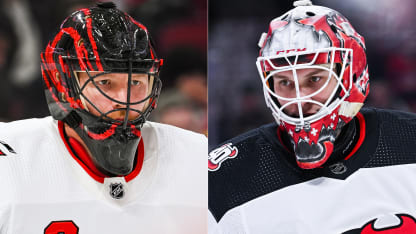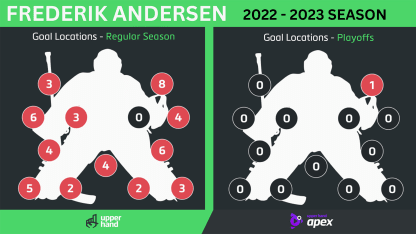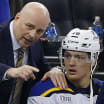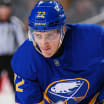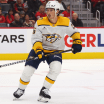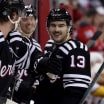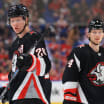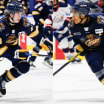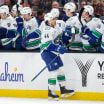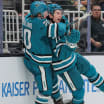High glove? Depends on the situation: The Rangers had success with shots over Schmid's glove during Game 6, when they scored five times on 29 shots, including three aimed mid-to-high on the glove side. The season-long trends supported that tactic, with 34.4 percent of the goals mid to high glove, well above the tracked average of 23.6 percent. But Schmid adjusted nicely in Game 7 to make a couple momentum-changing glove saves in 1-on-1 situations where Rangers shooters aimed high, and another with the glove moving left to right on a cross-ice one-timer aimed just over his left pad. The secret may be switching those shot selections depending on the situation. Like a lot of goalies, Schmid tends to lower his glove when he's moving, which was a factor in the Game 6 goals. But in 1-on-1 situations, he uses more of what's known as a "fingers up" glove position, with his hand set almost like he's motioning for someone to stop. Shooters now are taught to aim just over the pad when they see this because of the inherent delay of turning the glove over to get it down. It's a trend the Rangers might have benefitted from in Game 7 and a lesson that Hurricanes shooters should heed.
